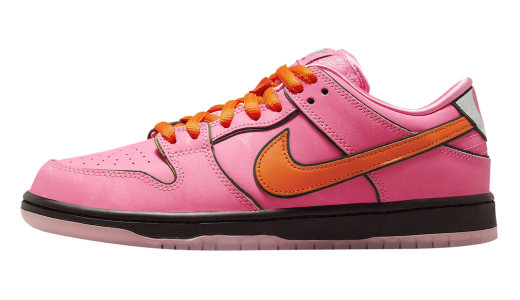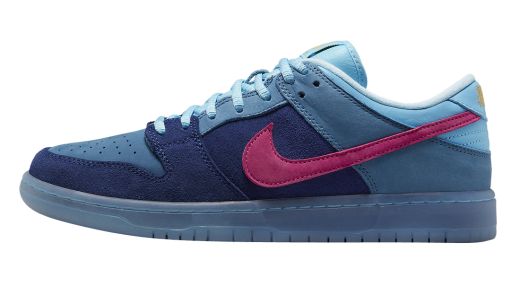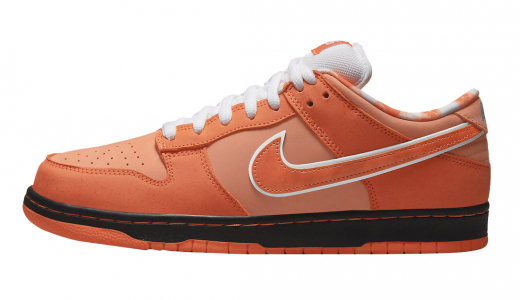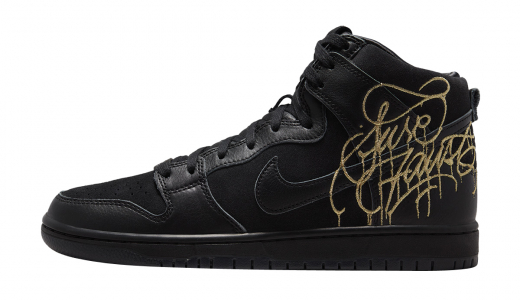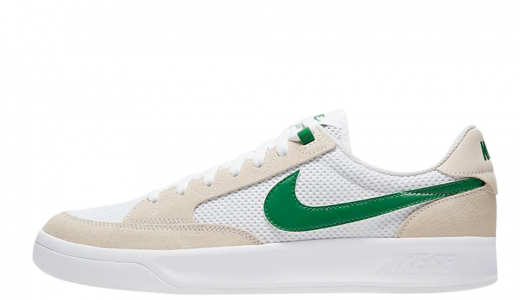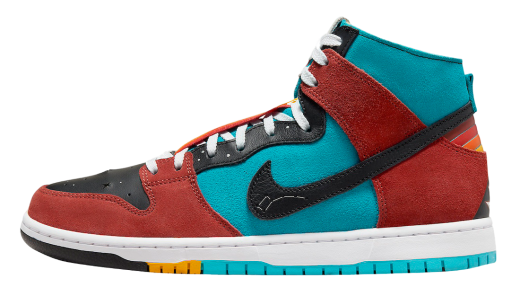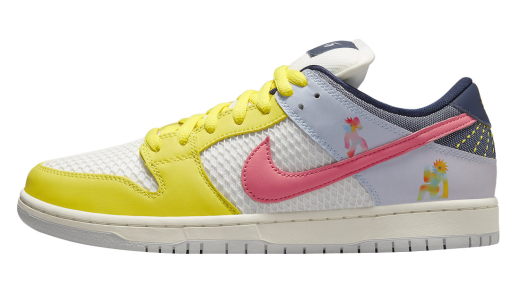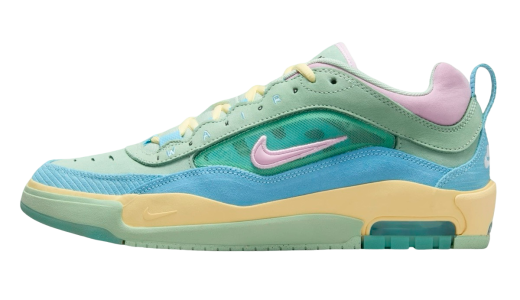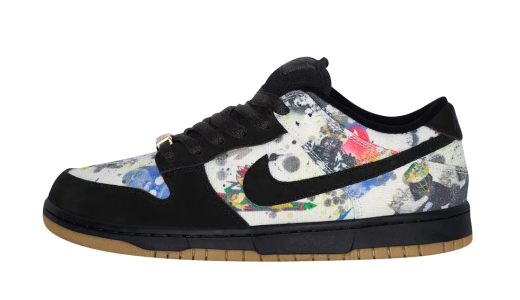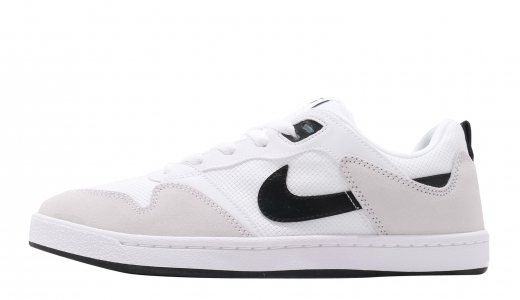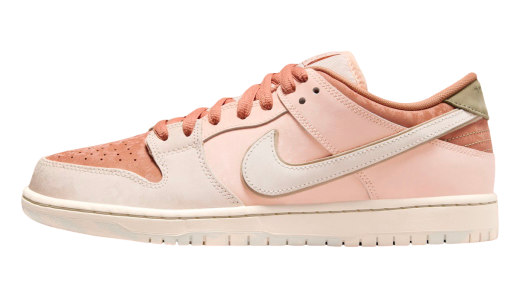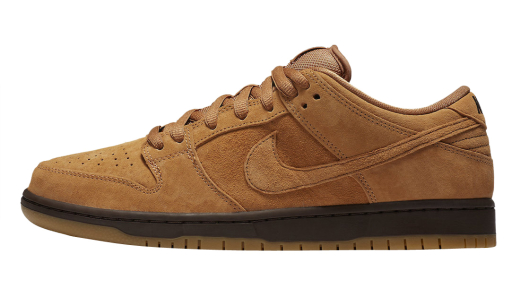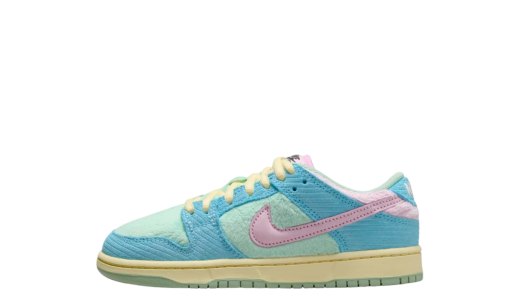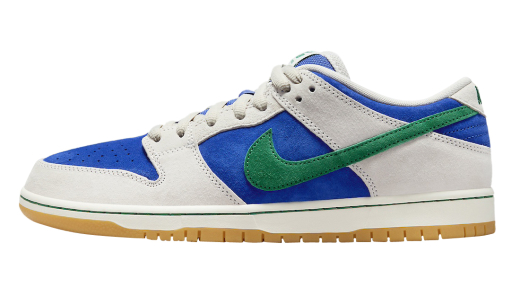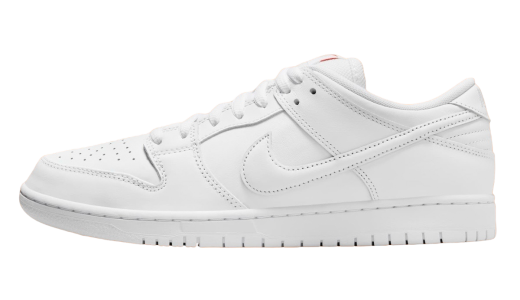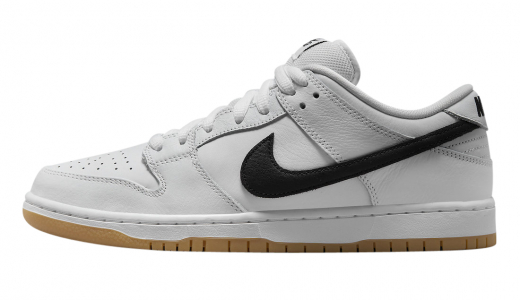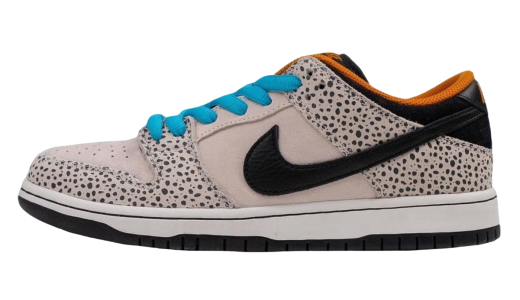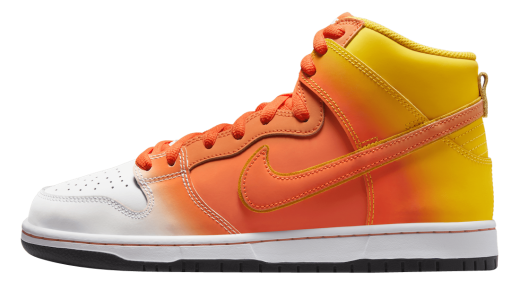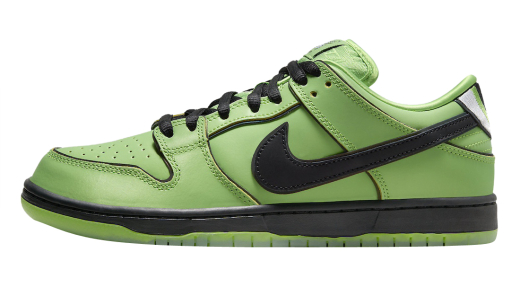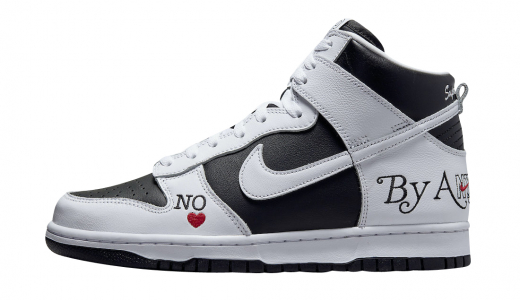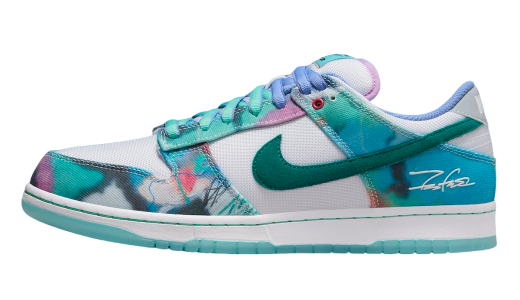Nike Sb
Nike SB, short for Nike Skateboarding, is a renowned subdivision of the global athletic brand Nike, Inc., that specifically caters to skateboarding culture and its enthusiasts. Launched in 2002, Nike SB quickly became a pivotal addition to Nike's extensive lineup, offering skateboarders high-quality shoes designed with both performance and style in mind. The initial reception was lukewarm within the skateboarding community due to skepticism towards large corporations infiltrating a predominantly counter-culture scene. However, Nike SB eventually earned respect and credibility by collaborating with well-known skateboarders and releasing a series of successful signature shoes like the Nike SB Dunk, which have since become iconic within both skateboarding and sneakerhead circles.
Nike SB has grown into a comprehensive brand that not only focuses on footwear but also includes a wide range of skateboarding apparel and accessories. The division has thrived by remaining authentic to skateboarding roots while innovating with advanced materials and construction techniques to ensure performance durability. Collaborations with influential artists, designers, and other brands have allowed Nike SB to create limited-run products that generate considerable hype and demand. By sponsoring top skateboarders and supporting various skateboarding events globally, Nike SB continues to foster a robust connection with the skateboarding community, thus solidifying its place within both the sporting and fashion industries.
History of Nike Sb
Sure! Here is a comprehensive history of Nike SB:
History of Nike SB
Nike SB, officially known as Nike Skateboarding, stands as one of the most iconic entities in the skateboarding culture and footwear industry. Its journey from inception to prominence is as fascinating as the tricks performed by skateboarding legends who endorse the brand. This history encapsulates the rise, struggles, innovations, and triumphs of Nike SB.
Early Skating Era and Nike’s Initial Foray:
Before delving deep into Nike SB's roots, it's crucial to touch on the broader skateboarding culture. Skateboarding, which originated in California in the late 1950s, mushroomed into a vibrant and rebellious subculture by the 1970s and 1980s. Key players like Tony Alva, Stacy Peralta, and the Z-Boys transformed skateboarding from a pastime into a serious sport.
Nike’s initial foray into the skateboarding market can be traced back to the 1980s. By releasing the Nike Blazer and later models like the Nike Dunk, Nike attempted to capture the skateboarding audience. However, this incursion was short-lived and largely unsuccessful. The company had misjudged the skate culture's core values which prized authenticity, ruggedness, and grassroots connections over corporate polish.
The Genesis of Nike SB:
It wasn’t until 2002 that Nike SB (Skateboarding) was formally established, with Sandy Bodecker at the helm. Learning from past mistakes, Nike approached the market with renewed strategy and vigor. The introduction of Nike SB had a clear aim – to combine Nike’s technological prowess with the authentic needs of skateboarders.
The Nike SB Dunk became the cornerstone of this new endeavor. Originally a basketball shoe from the mid-'80s, the Dunk was repurposed for skateboarding. It featured padded tongues, improved cushioning, and reinforced stitching – all catering to the skaters' specific needs.
Collaborations and Cultural Capital:
Nike SB’s rise to prominence rested heavily on collaborations with prominent skateboarders and artists. One of the most influential partnerships was with Paul Rodriguez, also known as P-Rod. In 2005, Nike SB launched the P-Rod line, which saw numerous iterations and became one of the brand’s flagship products. P-Rod's technical skills and street credibility helped cement Nike SB’s status within the skateboarding community.
Simultaneously, Nike SB began limited edition collaborations with artists and designers. Some of the most notable ones include collaborations with Jeff Staple (the iconic Pigeon Dunk), Supreme, and Stüssy. These collaborations often resulted in highly coveted designs that generated hype far beyond the skateboarding world.
Rise of the Sneakerhead Culture:
The early 2000s also witnessed the explosive growth of sneakerhead culture. Limited releases, exclusive drops, and unique designs became sought after by collectors and sneaker enthusiasts. Nike SB adeptly tapped into this trend. Limited edition Dunks, such as the Paris, What The Dunk, and Diamond Supply Co.'s Tiffany Dunks quickly became legendary, with secondary market values skyrocketing.
The use of storytelling in each release became a hallmark of Nike SB. Whether it was inspired by New York City’s pigeons, a famous pop-culture reference, or a collaboration with a renowned artist, every pair had a narrative, further elevating its desirability.
Team and Talent:
Nike SB's legitimacy was further solidified by assembling a world-class skate team. Apart from Paul Rodriguez, the roster included legends like Eric Koston, Lance Mountain, Stefan Janoski, and later, young prodigies like Nyjah Huston and Shane O’Neill.
Stefan Janoski’s signature model deserves special mention. The Nike SB Zoom Stefan Janoski released in 2009 became an instant classic. Its clean, minimalistic design appealed not just to skateboarders but also to the broader audience. The shoe's success was such that it remained in production for over a decade with numerous variations, colorways, and collaborations.
Events and Media:
Nike SB didn’t just stop at creating shoes and sponsoring skaters; it became heavily involved in the skateboarding community through events and media. The annual Go Skateboarding Day, which started to gain traction globally in the early 2000s, saw Nike SB advocating for skate parks and organizing events.
The brand's video productions also played a crucial role. Videos such as "Nothing But The Truth" (2007), "Debacle" (2009), and "Chronicles Vol. 1" (2011) became pivotal in showcasing the talent and ethos of Nike SB. These videos were not just commercials but were reverentially made skate films that exuded culture and art.
Challenges and Market Dynamics:
Even with its success, Nike SB faced challenges. The skateboarding footwear market is fiercely competitive, with brands like Vans, DC, and Adidas constantly innovating. Additionally, the skate community has always been wary of large corporations, preferring home-grown brands.
Nike SB managed to navigate these waters through a combination of authenticity, quality, and community involvement. Their strategy of allowing skater input in design, partnering with influential figures, and maintaining a presence at grassroots levels proved effective.
Nike SB in the 2010s:
The 2010s brought further evolution to Nike SB. As streetwear and skateboarding culture began to merge more visibly with mainstream fashion, Nike SB capitalized on this convergence. The sneaker culture, now an even more powerful force, saw collaborations become even grander. Drops continued to sell out instantly, with queues forming outside stores and websites crashing under demand.
2019 marked a particularly momentous year for Nike SB with the release of the Travis Scott Dunk Low. This collaboration became emblematic of Nike SB’s ability to tread the line between skate culture and mainstream celebrity influence impeccably.
Technological Innovations:
Nike SB continued to innovate technologically throughout its journey. The incorporation of Nike's Zoom Air cushioning in its shoes provided skateboarders with better impact protection. Reinforced ollie zones, flexible soles, and improved grip were constant areas of focus.
Sustainable practices also became instrumental. Nike SB began focusing on eco-friendly materials and processes, aligning with broader industry trends and consumer demands for sustainability.
Cultural Influence and Legacy:
As of the early 2020s, Nike SB's influence permeates far beyond just skateboarding. It represents a confluence of sport, art, fashion, and community. The brand's ability to balance authenticity with innovation, cater to skaters while appealing to sneakerheads, and maintain grassroots connections while scaling globally stands testament to its strategic brilliance.
Nike SB also played a role in transitioning skateboarding into the global sports arena, further evidenced by the sport's inclusion in the Olympics. Skaters like Nyjah Huston, heavily endorsed by Nike SB, led the charge on such prestigious global platforms.
Conclusion:
Nike SB’s journey from the early 2000s to today is a testament to understanding and respecting cultural dynamics. It’s a story of synergy between a corporate giant and an underground subculture. The balance between authenticity and market expansion, grassroots engagement, and leveraging star power articulate the essence of Nike SB.
In essence, Nike SB isn't just about footwear; it's a narrative of evolution, cultural resonance, and transformational innovation. From its initial missteps to becoming a lynchpin of skateboard and sneaker culture, the history of Nike SB is both inspiring and instructive for any brand aiming to bridge disparate worlds.

